Bodybuilding
10 Biggest Female Bodybuilders Who Ever Walked the Earth
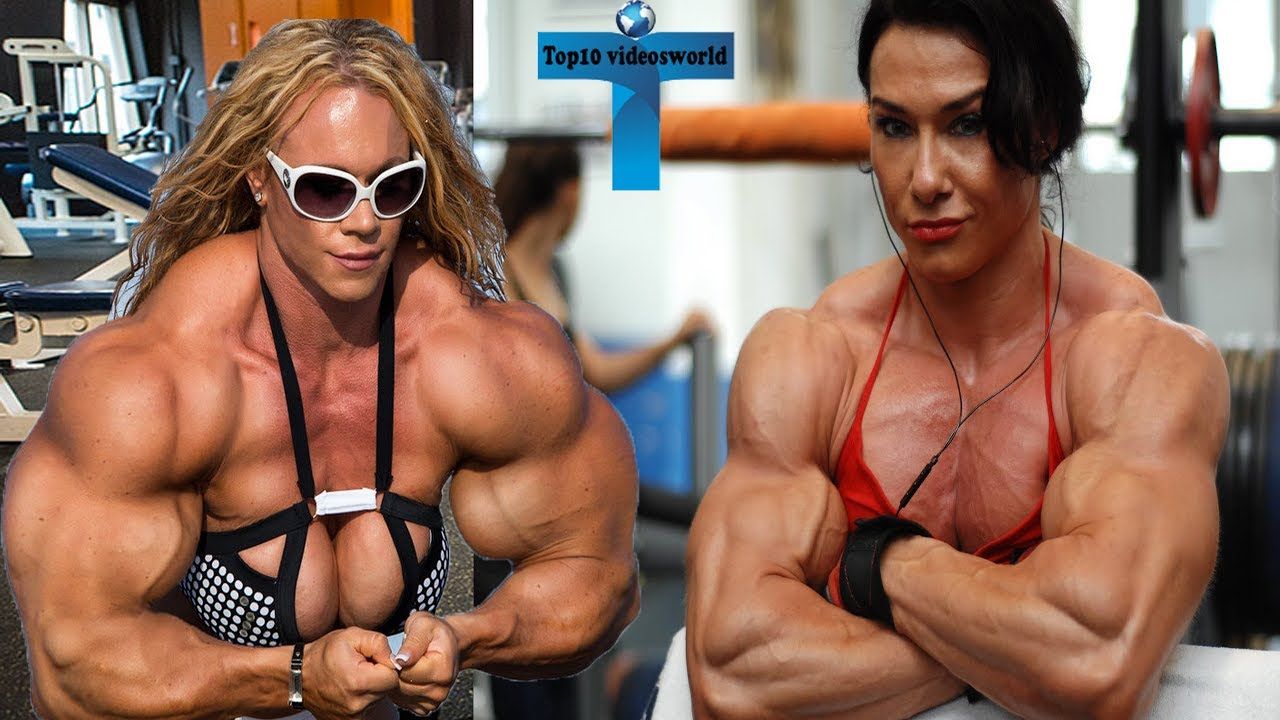
Women are naturally endowed with smaller muscles, so we get fascinated when we see them killing it at the gym. Female athletes have been involving themselves in bodybuilding for decades. Some have even proven to be better than most men. Gone are the days when male bodybuilding overshadowed female bodybuilding, women are now giving men a run for their money as far as bodybuilding is concerned. Female bodybuilding took shape in the 70s and has continued to weather all stems and become better. We have prepared for you a list of the biggest bodybuilders in history who are also the greatest in the world of female bodybuilding.
Related Article:: 4 Famous Female Bodybuilders And Their Diet
Roxie Beckles
She comes first on our list not only because she’s a mammoth of a female but also because she achieved a lot in her professional female bodybuilding career. She won Team Universe National Championship in 2013, launching her career as a respected bodybuilder and coach. Roxie’s physique turns heads around, indicating that the time spent in the gym is paying off with amazing body results. Despite her massive muscles and physique, Roxie is a humble soul who has contributed immensely to the growth of the fitness and bodybuilding industry. She has partnered with the New York Road Runners Foundation to coach kids in the organization’s fitness programs. Most importantly, she’s come up with amazing programs such as weight loss, flexibility, and core strengthening to help those struggling in bodybuilding.
Roxie Beckles - #instagram
Lenda Murray
Lenda Murray is a huge name in the bodybuilding industry and you must have heard about her at some point if you love this sport. Those who know her remember she dominated most female bodybuilding events in the 90s. In fact, she defended her titles and went unbeaten for five years (1990-1995). She would come second in the Ms. Olympia title in 1996 and 1997.
Lenda Murray - #instagram
Murray would later compete in the same event in 2002 where she clinched the title and defended it the following year. Her dark muscular body was unparalleled and many female bodybuilders dreaded standing next to her in shows. Lenda Murray was inducted into the IFBB hall of fame in 2010, just six years after retiring from active bodybuilding.
Joan Marie Laurer (Chyna)
This American fitness queen is considered one of the biggest bodybuilders that ever existed. She caught the attention of the public in 1997 when she participated in a World Wrestling Federation (WWF) promotion. The bodybuilder’s star continued rising as she took part in various bodybuilding shows such as the New Japan Pro Wrestling in 2002 and Total Nonstop Wrestling held in 2011. Chyna is also an entertainment celebrity and has appeared in several magazines, TV shows, and other live events.
Joan Marie Laurer (Chyna) - #Twitter
Additionally, she has been featured in a couple of films, thanks to her massive, well-chiseled body. The athlete continues to be a role model to many upcoming bodybuilders and fighters all over the world. Truly, whoever referred to her as the ‘ninth wonder of the world’ had every reason to coin it.
Iris Kyle
Iris Kyle is another decorated bodybuilder with many titles to her name. She came second to the Ms. Olympia title in 2001, 2004, and 2006-2014. She won the title of IFBB Ms. International in 2004, 2006, 2007, 2009, 2010, 2011, and 2013. Very few bodybuilders have achieved such a fete given the competitive nature of the sport. Iris Kyle has Lenda Murray for an amazing bodybuilding career since she got inspiration from her. It is Murray’s achievements that made Iris change her career path from basketball and softball to bodybuilding.
Iris Kyle - #instagram
She started it at a very young age, and thus had all the time to build an enviable physique. Iris’s first win was in 1994 when she won the Long Beach Muscle Classic title.
Lisa Marie Varon
Lisa is nicknamed ‘the legend of extreme female bodybuilding’ and goes by the ring name Victoria. She won the title of WWE Women’s Champion twice as well as many other titles.
Follow her on - #instagram
Although Lisa studied biology and medicine, she decided to pursue bodybuilding where she became the women’s champion a record seven times and a Total Nonstop Action Wrestling title once. Like many other great bodybuilders, Lisa had a role model who happened to be Joan Marie Laurer. She followed in her footsteps from a young age and went on to become like her idol.
Kim Chisevsky
Chisevsky is a perfect example of how hard work and determination can transform someone. She was once the laugh of town due to her chubby body. However, she ignored all the negativity and kept working on her physique.
Follow her on - #instagram
Long story short, Chisevsky is currently one of the most ripped female bodybuilders with a body to die for. Considered one of the biggest bodybuilders of her time, she contested and won Ms. Olympia on multiple occasions (1996-1999). Her physique may have undergone some changes since she is now in her 50s and a mother of two, but she is still looking as fit as ever.
Nancy Lewis
Nancy Lewis is an American female bodybuilder with a rich history in the world of bodybuilding. She was active between 1992 and 1998 where she won numerous awards and owners. However, her career kicked off during the 1991 NPC USA Championship where she won the contest and earned her pro card. Lewis took a break from active bodybuilding for four years and came back stronger than ever. She would proceed to win the Jana Tana Classic Title in 2002 which capped her successful bodybuilding career.
Must Read:: Post Cycle Therapy (PCT) For Female Steroid Users?
Andrea Shaw
The 2020 Ms. Olympia winner has many other titles to her name including the winner of:
- IFBB Omaha Pro.
- IFBB WOS Rising Phoenix World Championships.
Follow her on - #Instagram
Andrea Shaw’s career path has always been geared towards bodybuilding from when she was young. For instance, she participated in competitive cheer and gymnastics as a child. Her mother who was a fitness trainer greatly influenced her decision to choose fitness as a career. She would also draw inspiration from established female bodybuilders whose pictures she admired in magazines. She started doing professional bodybuilding at the age of 17 and went on to become one of the greatest.
Nikki Fuller
Nikki Fuller was naturally born strong and she decided to put that strength into good use. Consequently, she started bodybuilding at a very young age, something that prepared her body adequately for the tasks ahead. Considered one of the biggest bodybuilders in history, Fuller’s biceps measured an impressive 457 mm at the peak of her career. She also weighed around 90 kgs at that time, making her a moving mass of muscle.
Follow her on - #instagram
Despite her unique physique, Fuller did not win a title for Ms. Olympia or Ms. International until 1998 when she won the Novice Oregon. However, she finished among the top 10 for both contests in 1992. Nikki Fuller also participated in bodybuilding modeling and got featured in several women’s magazines. Most importantly, she was always included in the list of top female bodybuilders, mostly appearing in the top 10.
Yaxeni Oriquen
Yaxeni Oriquen is a Venezuelan professional bodybuilder who moved to the United States to pursue a career in bodybuilding. Her first major title was a Ms. Olympia, which she won in 2005, more than fifteen years after launching a professional career.
Follow her on - #instagram
Her bodybuilding career which started in 1989 has been slow but sure. On top of her Ms. Olympia title, Yaxeni has also won Ms. International five times. Also considered one of the most jacked-up bodybuilders of her time, Oriquen has now shifted her focus to fitness coaching. She has a modern gym where she trains aspiring bodybuilders and other fitness clients.
Overall
Female bodybuilding is still in its infancy compared to the more established and famous male bodybuilding. However, there are hundreds of female bodybuilders who have set the pace and shown that women can also make it in this field dominated by men. Moreover, women have to work harder than their male counterparts who are naturally muscular to come out of their shadows. Most female bodybuilders discussed in this article can be found on Instagram and YouTube. Search their channel and follow them for regular motivation. Follow our blog for more inspirational articles and get access to quality bodybuilding drugs and supplements.
Bodybuilding
Mastering Bodybuilding in 2025: Top Fitness Tips for Success

Bodybuilding is more than just a sport; it's a lifestyle that requires dedication, discipline, and a thorough understanding of fitness principles. As the world of fitness continues to evolve, bodybuilders must stay updated with the latest trends, techniques, and scientific advancements to achieve their goals. In 2025, several innovative approaches are redefining bodybuilding. Here are essential fitness tips for bodybuilders to excel this year.
Read More: Bodybuilder Winter Clothing: Staying Warm and Stylish
Embrace Technology-Driven Workouts
In 2025, technology plays a significant role in bodybuilding. Wearable devices, fitness apps, and virtual reality (VR) training are now integral components of an effective workout regimen.
Wearable Devices
Modern wearables track everything from heart rate and sleep patterns to muscle activation and caloric expenditure. Utilize these devices to monitor your progress and make data-driven adjustments to your training and nutrition plans.
Fitness Apps
Leverage fitness apps for customized workout plans, progress tracking, and virtual coaching. Many apps now incorporate artificial intelligence to provide personalized feedback and recommendations.
Virtual Reality Training
VR technology offers immersive workout experiences, allowing bodybuilders to simulate different training environments and scenarios. This can enhance motivation and add variety to your routine.
Focus on Functional Strength
While hypertrophy (muscle growth) remains a primary goal, functional strength is gaining importance. Functional strength training improves overall performance, reduces the risk of injury, and enhances daily activities.
 Check Out Our1 4 Weeks Quality Strength & Lean Muscles
Check Out Our1 4 Weeks Quality Strength & Lean Muscles
Compound Movements
Incorporate compound exercises like squats, deadlifts, and bench presses. These movements engage multiple muscle groups and joints, promoting balanced strength development.
Core Stability
Prioritize exercises that strengthen the core, such as planks, Russian twists, and leg raises. A strong core supports better lifting mechanics and reduces the risk of lower back injuries.
Optimize Nutrition for Muscle Growth and Recovery
Nutrition is the cornerstone of successful bodybuilding. In 2025, the focus is on personalized nutrition plans tailored to individual needs and goals.
Protein Intake
Ensure adequate protein intake to support muscle repair and growth. Aim for 1.6 to 2.2 grams of protein per kilogram of body weight per day, depending on your training intensity and goals.
 Click Here to Buy SynthaTrope By SynthaPharma
Click Here to Buy SynthaTrope By SynthaPharma
Nutrient Timing
Pay attention to nutrient timing to maximize muscle recovery and growth. Consume protein and carbohydrates within 30 minutes post-workout to replenish glycogen stores and kickstart muscle repair.
Supplements
Utilize supplements wisely. Creatine, branched-chain amino acids (BCAAs), and omega-3 fatty acids are popular choices for enhancing performance and recovery.
Prioritize Mental Health and Mindfulness
Mental health is increasingly recognized as a critical component of overall fitness. Incorporating mindfulness practices can improve focus, reduce stress, and enhance performance.
Meditation
Incorporate meditation into your daily routine to reduce stress and improve mental clarity. Mindfulness meditation can enhance your mind-muscle connection during workouts.
Visualization
Use visualization techniques to mentally rehearse your workouts. Visualizing successful lifts and achieving your goals can boost confidence and motivation.
Rest and Recovery
Prioritize rest and recovery to prevent burnout and overtraining. Ensure you get 7-9 hours of sleep per night and incorporate rest days into your training schedule.
Leverage Advanced Training Techniques
Advanced training techniques can help break through plateaus and stimulate muscle growth. In 2025, several methods are gaining popularity among bodybuilders.
Blood Flow Restriction (BFR) Training: BFR involves restricting blood flow to the muscles during low-intensity exercises. This technique can enhance muscle growth and strength without the need for heavy weights.
Eccentric Training: Focus on the eccentric (lowering) phase of exercises. Eccentric training can stimulate greater muscle damage and growth compared to traditional concentric movements.
Periodization: Implement periodization into your training plan. Varying the intensity, volume, and type of exercises can prevent plateaus and ensure continuous progress.
Incorporate Recovery and Mobility Work
Recovery and mobility are essential for preventing injuries and maintaining optimal performance. In 2025, bodybuilders are paying more attention to these aspects of training.
Foam Rolling and Myofascial Release: Use foam rollers and massage balls to release muscle tightness and improve flexibility. Regular myofascial release can reduce soreness and enhance recovery.
Stretching: Incorporate dynamic stretching before workouts and static stretching after workouts. Stretching improves range of motion and prevents muscle imbalances.
Cryotherapy and Hydrotherapy: Explore recovery techniques like cryotherapy (cold therapy) and hydrotherapy (water therapy) to reduce inflammation and accelerate muscle recovery.
Engage in Continuous Learning and Community Building
The fitness industry is constantly evolving, and staying informed is crucial for success. Engage in continuous learning and connect with the bodybuilding community for support and motivation.
Educational Resources: Read books, watch videos, and attend seminars to stay updated on the latest research and trends in bodybuilding.
Community Engagement: Join online forums, social media groups, and local bodybuilding clubs. Sharing experiences and knowledge with fellow bodybuilders can provide valuable insights and encouragement.
Professional Guidance: Consider working with a certified personal trainer or coach. Professional guidance can help you optimize your training and nutrition plans, ensuring you're on the right track.
With your FB Plus subscription or active FB Plus Pass, you now have access to 124 weeks of our most popular workout programs, which typically sell for $10-$30 each. Additionally, our popular 4-week Meal Plan is included. This is on top of the 38 Challenges and Programs that are already available to Plus members.
We've also introduced a new feature that many of you have requested. To assist you in choosing your next program, you can now preview each day of any program from its detail view. This feature lets you see all the included workout videos and content before you schedule it, ensuring you know exactly what to expect.
Conclusion
In 2025, bodybuilding is more than just lifting weights; it's a holistic approach to fitness that encompasses technology, nutrition, mental health, and advanced training techniques. By embracing these fitness tips, bodybuilders can achieve their goals, stay injury-free, and enjoy a fulfilling fitness journey. Remember, consistency and dedication are key to success in bodybuilding. Stay committed, keep learning, and most importantly, have fun on your path to becoming the best version of yourself.
Bodybuilding
Top Video Games for Bodybuilders in 2025

There are several video games that can be great for bodybuilders, combining fitness and fun! Here are some of the best options:
Ring Fit Adventure (Nintendo Switch)
The game uses the Ring-Con and Leg Strap to guide you through various exercises and adventures. It's a fun way to get a full-body workout while playing a game.
Fitness Boxing 2: VR Boxing Remastered (PlayStation VR)
It offers a full-body boxing workout with a variety of punches and combos. It's a great way to improve your fitness while enjoying a virtual boxing experience.
Must Read: Marvel-Inspired Training Clothing on Amazon
Just Dance 2024
This popular dance game gets you moving to the beat with a variety of songs and dance routines. It's a fun way to burn calories and improve your coordination.
Zumba Fitness
Burn It Off (Nintendo Wii): This game offers a fun and energetic Zumba workout, perfect for those who enjoy dancing and want to get a good cardio workout.
Yoga for Beginners
If you're looking for a more relaxing workout, yoga games can help improve flexibility and reduce stress. Many of these games offer guided yoga sessions that you can follow along with.
Gym Tycoon
This game lets you build and manage your own gym, complete with various workout equipment and fitness classes. It's a great way to learn about different exercises and how to create effective workout routines.
The Sims 4: Fitness Stuff Pack
This expansion pack for The Sims 4 adds fitness equipment and activities to the game, allowing you to improve your character's fitness and join the athlete career.
Grand Theft Auto: San Andreas
While not a traditional fitness game, this classic game includes bodybuilding activities that can help your character gain muscle and improve fitness.
Knockout Home Fitness (Nintendo Switch)
This game offers a variety of boxing workouts that can help improve your strength and endurance.
Gym Simulator 24 (PC)
In this simulation game, you can build and manage your own fitness empire, creating workout routines and managing gym equipment.
Let's Get Fit (Nintendo Switch)
This game focuses on pure workouts, allowing you to set programs and follow along with digital trainers for a customized fitness experience.
Beat Saber (VR)
A popular VR game where you slash blocks to the beat of the music, providing an intense full-body workout.
Synth Riders (PlayStation VR)
This game combines freestyle dance and fitness, offering high-tempo tracks and multiplayer modes for a fun and energetic workout.
Yoga Master (PlayStation)
Designed by professional yoga coaches, this game offers a variety of yoga lessons and poses to improve flexibility and reduce stress.
Les Mills Bodycombat (PlayStation VR)
A martial arts-inspired workout game with a range of workout plans and coaching to keep you motivated.
OhShape Ultimate (PlayStation VR)
This game provides a full-body cardio workout with six sessions and two difficulty levels, designed to engage every part of your body.
These games offer a mix of cardio, strength, and flexibility workouts, making them great additions to your fitness routine.
Related Article: Supplemental Breast Milk for Bodybuilders
Bodybuilding
2nd Edition of Natural Bodybuilding Competition Facts
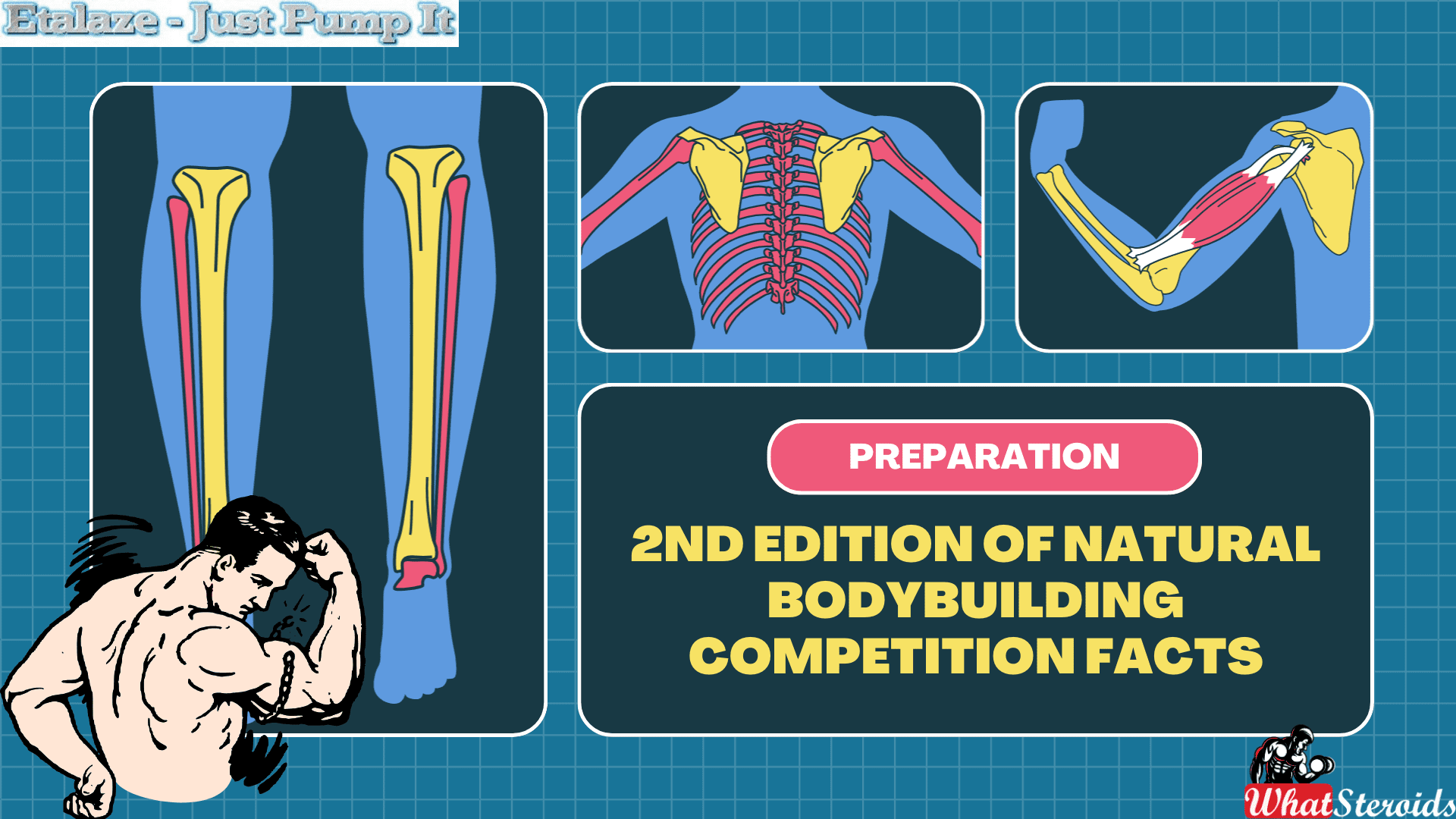
Natural bodybuilding competitions are designed to promote and celebrate athletes who build their physiques without the use of performance-enhancing drugs. These events emphasize fair play, health, and the natural development of muscle mass and definition.
The second edition of natural bodybuilding competitions has gained momentum globally, particularly focusing on drug-free athletes. These competitions are hosted by various organizations like the INBA/PNBA (International Natural Bodybuilding Association/Professional Natural Bodybuilding Association) and OCB (Organization of Competitive Bodybuilders).
In 2024, several notable events have been planned, including the INBA Natural Universe and INBA World Cup, both of which emphasize natural bodybuilding through rigorous drug testing policies. These events aim to showcase competitors who adhere to strict drug-free protocols, and winners often earn pro cards allowing them to compete in higher-level professional competitions.
These competitions focus on categories like men's bodybuilding, classic physique, and women's figure and bikini, among others. Athletes undergo polygraph and urine tests to ensure compliance with natural bodybuilding standards. The winners often receive medals, trophies, or pro status
-

 Steroids2 years ago
Steroids2 years agoVOX Testing: Why Bodybuilders Must Have It Tested Regularly
-

 Steroids2 years ago
Steroids2 years agoShavers and Other Body Grooming Equipment for Bodybuilders In 2023
-

 Steroids2 years ago
Steroids2 years agoChatGPT and Other Avenues to Find Great Bodybuilding Coaches
-

 Steroids2 years ago
Steroids2 years agoBest Oil Recommendations Before Competition for Subtle Shimmer
-

 Steroids2 years ago
Steroids2 years agoPowerlifting Vs Power Building: Find Out the Big Difference and When to Shift Between the Two
-

 Nutrition1 year ago
Nutrition1 year agoEverything Nutritional Food: What’s Too Much Or Too Little
-

 Bodybuilding Products12 months ago
Bodybuilding Products12 months agoTelmisartan In Bodybuilding: An Expert’s Advice
-

 Anabolic Steroids1 year ago
Anabolic Steroids1 year agoLegality of Anabolic Steroids In Latin America
-

 Beginners2 years ago
Beginners2 years agoTren Cycle for Beginners
-

 Bodybuilding1 year ago
Bodybuilding1 year agoList of FDA-Approved Peptides
-

 Bodybuilding2 years ago
Bodybuilding2 years agoCompetition Prep Cycle for Pro Bodybuilders
-

 Bodybuilding1 year ago
Bodybuilding1 year agoChia Seeds in A Bodybuilder’s Diet: An Expert’s Advice
-

 Bodybuilding7 months ago
Bodybuilding7 months agoPrimal Movements: Our Ultimate Guide for Maximum Results
-

 Steroids11 months ago
Steroids11 months agoAnadrol Cycle: Benefits, Doses, Alternatives, etc.
-

 Anabolic Steroids11 months ago
Anabolic Steroids11 months agoHow Much Do You Know About B-AET? A Fat Burner You’ve Been Missing
-

 Anabolic Steroids8 months ago
Anabolic Steroids8 months agoJoint Stiffness: How to Manage It While on AAS
-

 Steroids9 months ago
Steroids9 months agoOmnitope (Oxytocin)
-

 Bodybuilding1 year ago
Bodybuilding1 year agoHow Much Is Too Much Cardio? Understanding Heart Rate Zones
-

 Product Reviews11 months ago
Product Reviews11 months agoTop Vitamins for Skin Health
-

 Bodybuilding8 months ago
Bodybuilding8 months agoHow Effective is Bone Broth for Recovery?
-

 Steroids10 months ago
Steroids10 months agoMajor Bodybuilding Peptides Explained
-

 Steroids8 months ago
Steroids8 months agoSleeping Positions for Effective Muscle Recovery
-

 Bodybuilding9 months ago
Bodybuilding9 months agoHormone Replacement Therapy (TRT) Cycle Guide
-

 Bodybuilding1 year ago
Bodybuilding1 year agoCalorie Dumping: A Bodybuilder’s Guide
-

 Anabolic Steroids1 year ago
Anabolic Steroids1 year agoStart The New Year Strong With These Tips

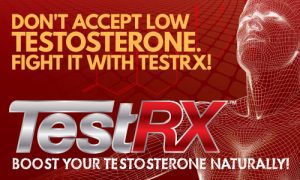
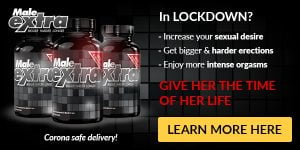

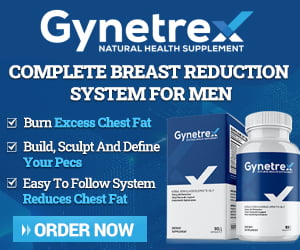





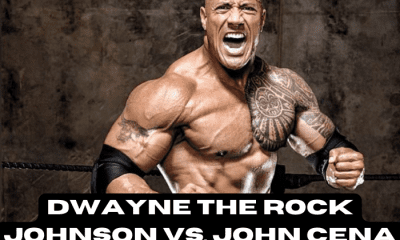



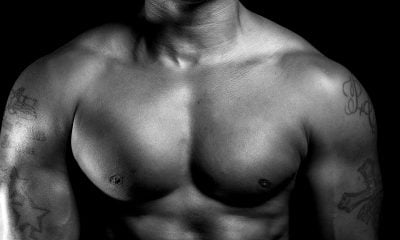

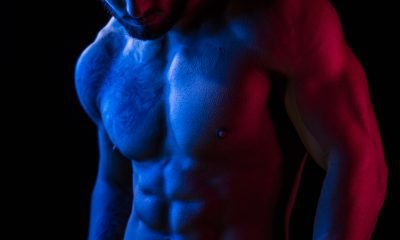




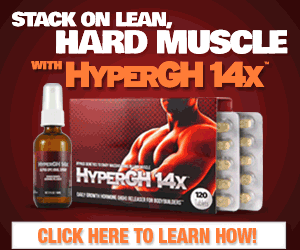
 Click here to buy 1-Test Cyp/DHB 100 by Dragon Pharma
Click here to buy 1-Test Cyp/DHB 100 by Dragon Pharma









